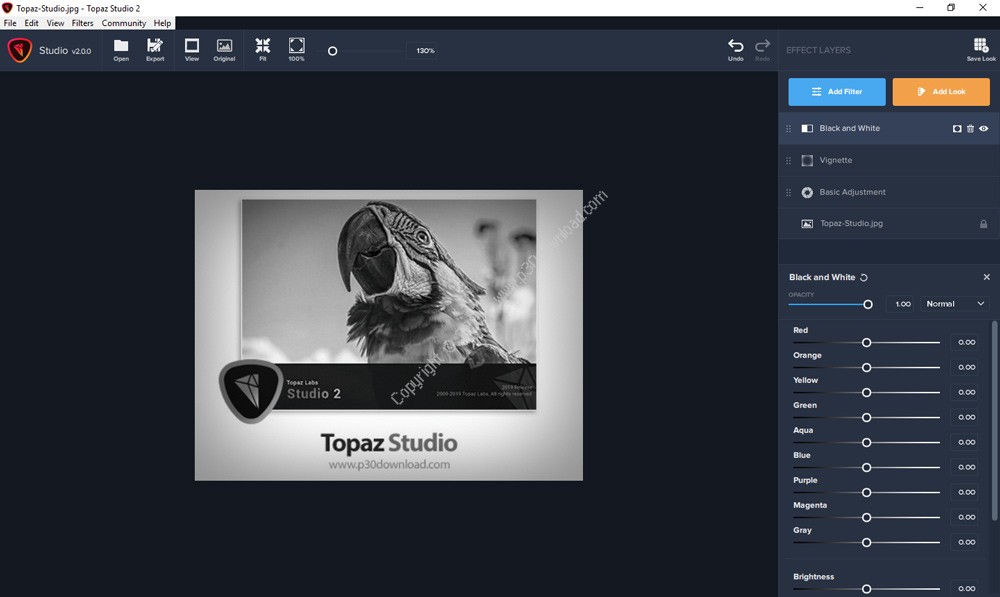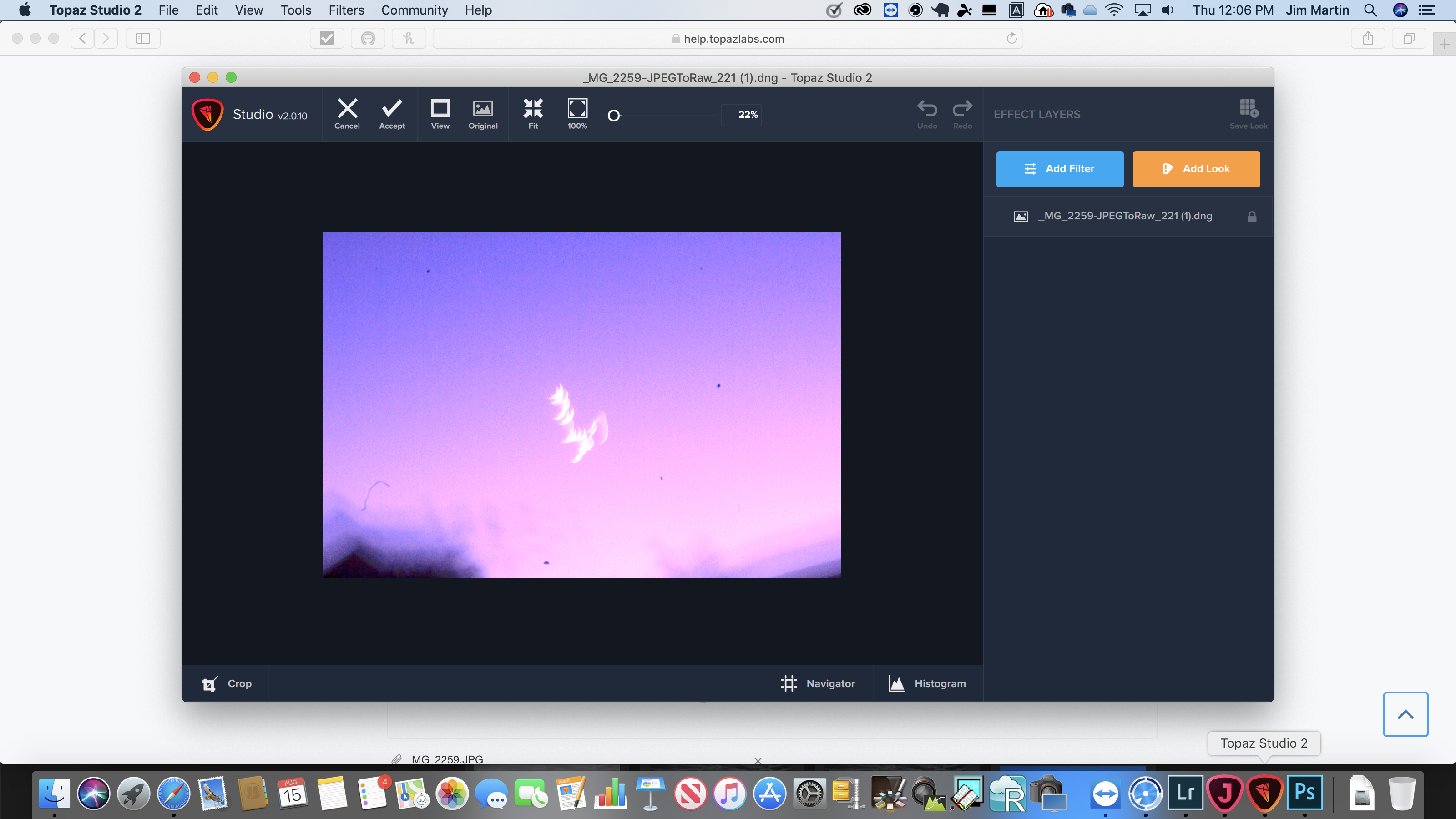

- #TOPAZ STUDIO 2 EXTREMELY SLOW AT STARTING UP HOW TO#
- #TOPAZ STUDIO 2 EXTREMELY SLOW AT STARTING UP PDF#
- #TOPAZ STUDIO 2 EXTREMELY SLOW AT STARTING UP UPDATE#
- #TOPAZ STUDIO 2 EXTREMELY SLOW AT STARTING UP UPGRADE#
On the M1 MacBook Pro, leaving this second warning open would start the installation, closing it would hang the install.
#TOPAZ STUDIO 2 EXTREMELY SLOW AT STARTING UP UPDATE#
Upgrading doesn’t work as well.Īfter beginning the update process, the installer displays a screen saying: “Close Applications and Install.” When I clicked this, it immediately displayed this same message a second time.
#TOPAZ STUDIO 2 EXTREMELY SLOW AT STARTING UP UPGRADE#
The software also notifies you, after you start the app, when an upgrade is available. Installation is straight-forward and works as you would expect.
#TOPAZ STUDIO 2 EXTREMELY SLOW AT STARTING UP PDF#
NOTE: Here’s a one-page PDF of all my test results.ĭownloads are from the TopazLabs website. Mostly a note to myself on something I wanted to write about The smaller this number, the more consistent the two test durations For example, a ten-second clip that took a minute to process means that if that clip were one-minute long the processing time would be six minutes.

#TOPAZ STUDIO 2 EXTREMELY SLOW AT STARTING UP HOW TO#
For instance, an explanation on how to create super slow motion is found in the online Product Roadmap which makes no sense. In addition to image stabilization, Video AI has other issues such as: confusing presets, long processing times on slower systems and a lack of clear guidance providing a recommended way to accomplish a task. This is not a good app to use for stabilization. Premiere Pro yields results similar to FCP. It takes – I did the tests – up to 53 times longer to stabilize a clip in Video AI than in Final Cut Pro. Frankly, stabilization is a complete mess.

The slowmo created by Video AI is far better than optical flow, with consistent and clear details. While not generally used for drama, it makes action and sports footage much more “real” and clear. This gives footage the feeling it was shot at high-frame rates. This adds back detail that was lost due to the small size of the original image. Up-scaling (also called “up-rezing” or “up-resing”).

The deinterlacer in Topaz Video AI is outstanding and good enough on its own to justify purchasing the program. The key features in Topaz Video AI include: I’ve spent the last three days working with it and here’s what I learned. The folks at Topaz Labs gave me a one-month license to review the current version (3.1.11) of their software. All with the goal of improving image quality. Topaz Video AI is used for deinterlacing video, upscaling low-resolution video to a higher resolution, removing excessive motion blur and creating super smooth slow motion. But, when you learn how it works, it creates results that will drop your jaw to the floor. It requires serious computing power, takes time to process, and its interface can be confusing. UPDATE CAUTION (May 16, 2023): There is a bug in Topaz Video AI 3.2.5 which makes deinterlacing confusing.


 0 kommentar(er)
0 kommentar(er)
